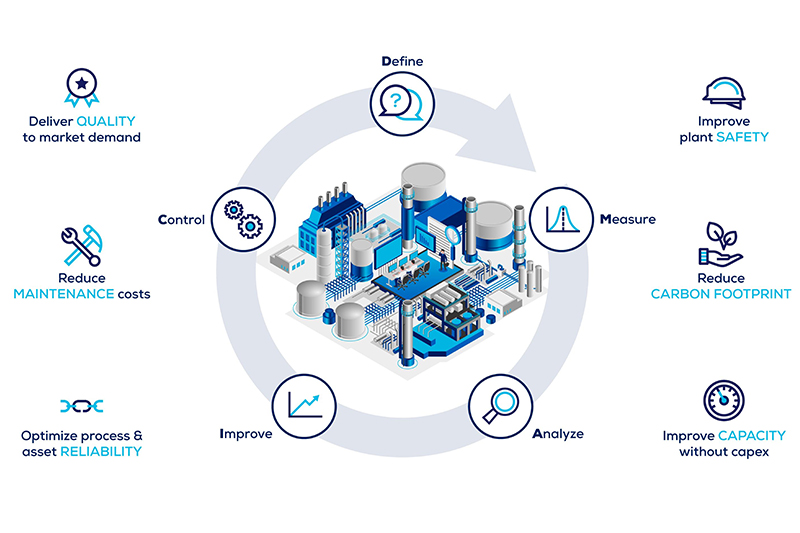Maintenance Optimisation
Maintenance Optimisation is a analytical approach used to critique alternative maintenance strategies and asset configurations to arrive at an optimised solution. The approach makes use of advanced analytical tools to model asset performance and simulate alternatives.
 KTT utilises the powerful capabilities of the Isograph Availability Workbench (AWB) solution to undertake maintenance optimisation. AWB combines maintenance plan optimisation, availability simulation, failure data analysis and life cycle costing features into a single interface. The main optimisation features are described below:
KTT utilises the powerful capabilities of the Isograph Availability Workbench (AWB) solution to undertake maintenance optimisation. AWB combines maintenance plan optimisation, availability simulation, failure data analysis and life cycle costing features into a single interface. The main optimisation features are described below:
Weibull analysis
Leverage asset information found in historical data. The Weibull Analysis module of Availability Workbench analyses historical failure and repair data by assigning probability distributions which represent the failure or repair characteristics of a given failure mode. The failure distribution assigned to a given set of times to failure (known as a Weibull set) may be assigned as inputs for simulation that is unique to your systems.
Task optimisation
You have developed your maintenance policy development using work identification methods such as RCM, FMEA/FMECA. Are these policies optimum? Validate proposed maintenance policies and update to optimised policies based on business objectives. The task optimisation process provides system performance predictions and costs, expected spares requirements and maintenance crew manning levels. The process may be used to develop a living strategy with the plant model being updated when new data is available or design changes take place.
Spares optimisation
Simulate the effects of different spares holding levels on lifetime costs. Users can set minimum and maximum values for all selected spares for use during simulation. Once all the simulation runs have been completed the optimum spare holdings from a cost viewpoint will be displayed.
System optimisation
Use standard fault tree or reliability block diagrams to view impact of system options. Large and complex system models can be quickly constructed to represent the failure logic of your system options. Model the complex dependencies of ageing, spares requirements, labor availability, operational phases, standby arrangements, etc. The impact of each option can be simulated to help you choose the optimal system.
Life cycle costing
Life cycle costing is a methodology for calculating the whole cost of a system from inception to disposal. The system will vary from industry to industry and could for instance be a building, a ship, a weapon system or a power station. Whatever the system, the life cycle cost analysis technique will be the same, the major items of cost will be defined through its life. The items may be further subdivided until the cost of each element can be defined as a mathematical equation. At a simple level this may be the number of man-hours multiplied by a cost rate. The elements of cost will then be added together to give the total cost for each item and a grand total for the system through its full life.
How KTT can support you?
We will work alongside you to achieve continuous maintenance optimization, helping to save valuable resources and achieve efficient asset maintenance. Our professionals support and advise you in developing and implementing pro-active maintenance strategies. They provide proper recommendations for optimizations: which services are best provided by internal or external personnel? At which point should resources, such as spare parts, be held available?
- Maintenance and continuous improvement of your field instrument’s performance and reliability
- Reduction of your operational costs
- Recommendations for quick device replacement and optimized spares storage
- Shared risk through Managed Service Agreements with Key Performance Indicators (KPI) to be achieved through our maintenance consultants
- Obsolescence management and migration to latest technologies
